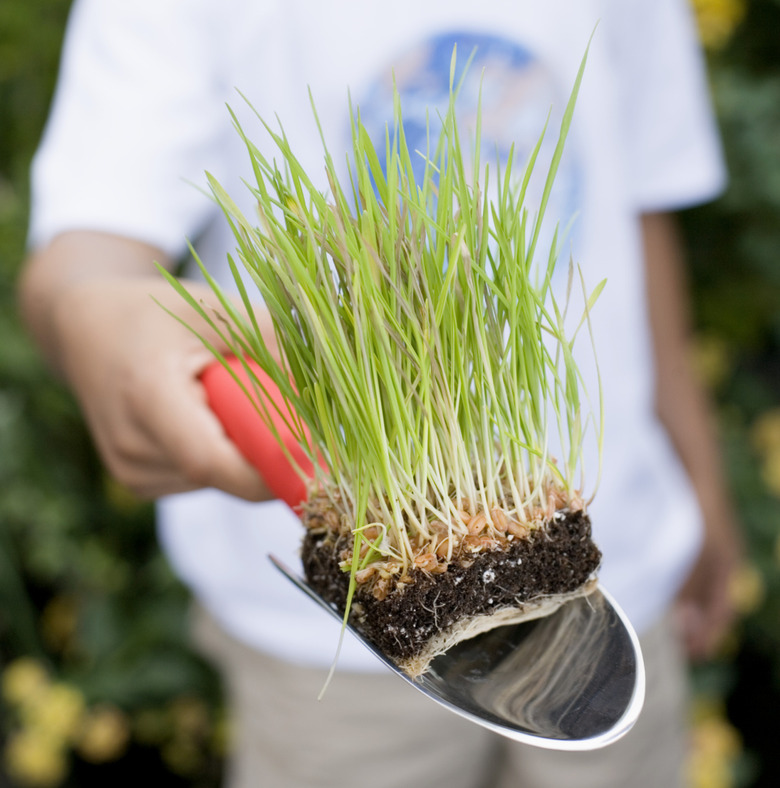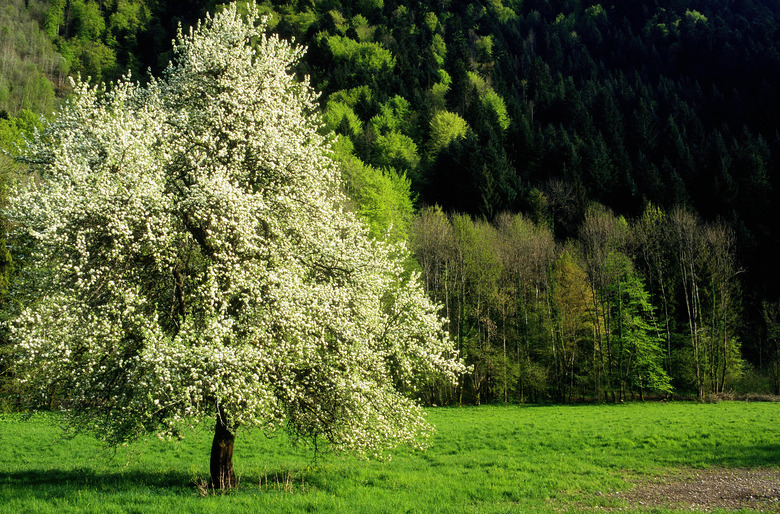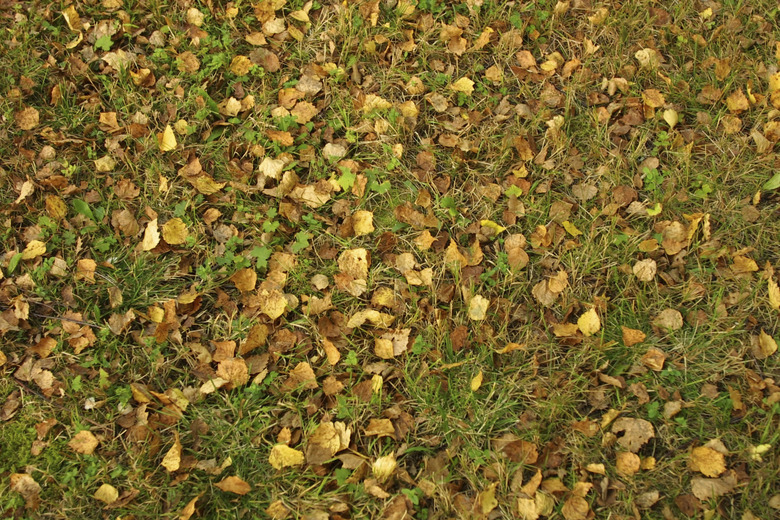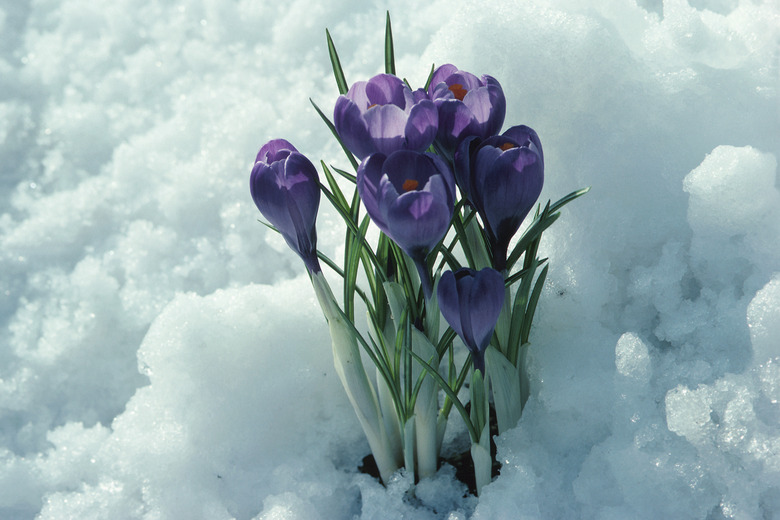The Best Time Of Year To Lay Sod
Ideally, fresh sod should be harvested within a day of its use, and laid down during its growing season–at times of the year that minimize stress on the sod, and encourage all energies and nutrients to be focused on establishing roots in the new soil. For most climates and grass varietals, this translates into spring, early summer or early fall periods. Avoid the peak summer heat and winter frosts. Always lay sod on a firmed layer of rich topsoil, or compost that is evenly moist, but not wet.
Spring
Spring is one of the easier times to lay sod, as long as you complete the task well after the last threat of frost. The temperatures are mild, the rain helps with establishment, there is no threat of drying out and the sod will be ready to be walked on by the summer.
Early Summer
The key to a successful installation in early summer is maintaining evenly moist sod throughout its establishment period, and not allowing any patches–particularly the sod's edges and seams–to dry out. Watering every three to four days for a month, or so, will usually ensure this in all but the most warm and arid climates.
- Ideally, fresh sod should be harvested within a day of its use, and laid down during its growing season–at times of the year that minimize stress on the sod, and encourage all energies and nutrients to be focused on establishing roots in the new soil.
Fall
Fall is also a good time to lay sod, provided you allow plenty of time for the sod to establish itself before any frosts–at least four to six weeks. Maintain an evenly-moist sod up until the first frost. In areas with cold, winter climates, mow the sod to a low, nearly short height, and apply a lawn fertilizer before frosts come.
Winter
While the sod will not use the nutrients over the winter, it will store them in the thatch, roots and soil, giving a boost of greening in the spring when it is too early to fertilize the new shoots.
Time To Lay Sod In Southern California
Occupying the most southwestern part of the United States, Southern California has a Mediterranean climate for the most part, with hot, dry summers and mild, moist winters. Coastal areas can be subtropical and without freezing temperatures. Interior valleys and deserts present dry, hot desert conditions. The best time to install these grasses is in mid to late spring, although they can go in at other times as well. Zoysiagrass (Zoysia angustifolia) grows in USDA zones 9 through 11 and can be planted in spring or summer. Cool-season grasses grow actively during fall, winter and spring in mild winter areas and in cool summer areas. Its deep roots penetrate soils to anchor the sod and hold soil in place. Most types of sod for Southern California prefer sunny areas. For partial shade, consider Saint Augustinegrass (Stenotaphrum secundatum), which grows in USDA zones 9 through 11; plant it in spring or summer. To care for sod before you lay it, pick it up or have it delivered the same day you lay the sod, and lay it all that same day, keeping unlaid sod regularly sprinkled until put down. Edges should be tightly up against each other.
- Fall is also a good time to lay sod, provided you allow plenty of time for the sod to establish itself before any frosts–at least four to six weeks.
- In areas with cold, winter climates, mow the sod to a low, nearly short height, and apply a lawn fertilizer before frosts come.
References
- Better Homes & Gardens: Laying Fresh Sod
- Seeding and Sodding Home Lawns
- U.S. Department of Agriculture: Plant Hardiness Zone Map
- UC Statewide Integrated Pest Management Program: Establishing a Lawn From Sod
- Yardcare.com: Warm-Season Grasses
- Orange County Register: Which Grass is Best for Your Lawn
- California Gardener's Handbook; Bruce Asakawa and Sharon Asakawa
- Online Plant Guide: Poa Pratensis/Kentucky Bluegrass
- Missouri Botanical Garden: Buchloe Dactyloides "Sharp's Improved"
- UC Statewide Integrated Pest Management Program: Installing Sod
- A-G Sod Farms: How to Install Your Lawn




